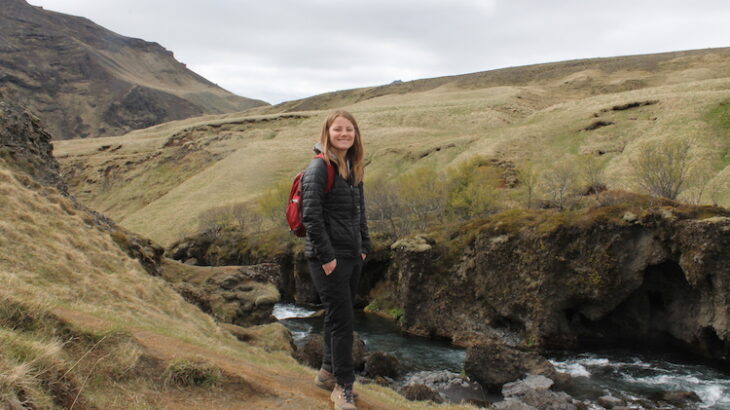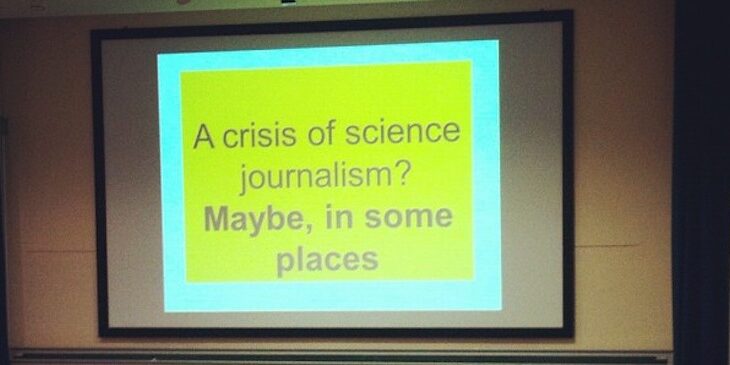
Spending summers on the shores of Lac Ste Anne, Alberta, as a child, Emily developed a love of nature at an early age. Inspecting insects, plants, and fish sparked an interest for biology that eventually lead her to a Bachelor’s degree in Conservation Biology at the University of Alberta. During her education, she became a […]







